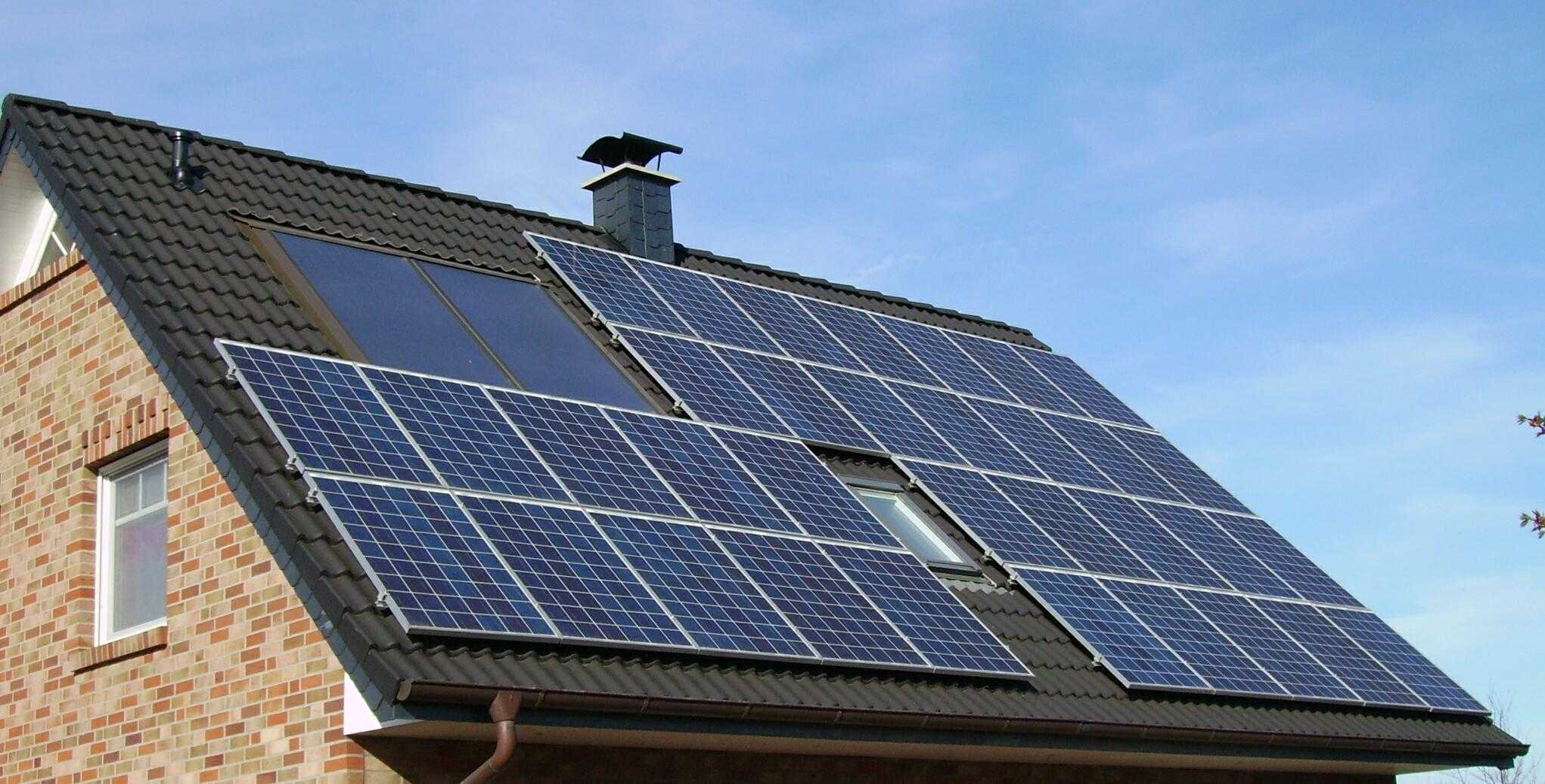BY: JAY BRIJPAUL
Ontario is the fourth sunniest province in Canada and homeowners are soaking it up by installing solar panels. Solar panels are environmentally friendly and generate electricity for homes. Excess electricity is fed to a grid for a credit. This system is called net metering; there is an adjustment between the amount of electricity sent to the grid and the amount used. Credits can only be carried forward for twelve months before they expire. The program is designed so that you cannot make money from your solar panels but break even. The average cost to install solar panels is between $20,000 to $25,000 and they will last for about twenty-five years. The system will pay for itself in fifteen years. In Ontario, there is no rebate on installation.
If you are installing, south-facing roofs receive the most sunlight and generate more current. Since solar panels last for about twenty-five years, replace the shingles before installation because removing and re-installing solar panels can cost about $7,000. Avoid installing solar panels on the front part of the roof because it takes away from the aesthetics. Shop around and interview installers. Installers know how much electricity the system can produce based on the size, slope, and direction of the roof. Check the manufacture’s date because newer versions are much more efficient. Also, there are two warranties given: one from the manufacturer and the other from the installer. If you are planning on leasing the system, have the contract reviewed by your lawyer before singing.
With leasing, you would have signed a contract to pay a monthly rent for the next fifteen years or more. If you are selling the home and the buyers do not want to assume the lease, then you may have to pay an upfront cost for the remainder of the term plus removal cost, which can be substantial. The lease should indicate who is responsible for the maintenance of the panel and in the event that the panels must be removed and reinstalled, whose cost it is. Solar panels provide shelter for birds and animals and their droppings will damage the roof, resulting in premature replacement cost to the homeowner.
Do solar panels really add value to your home? It depends who you ask. Solar panel companies proclaim that it adds value to the property. In the GTA, if it takes away from the aesthetics, then it takes away from the resale value. The value of a home depends first on location, then the size and last, the amenities. Installing a new kitchen and upgrading the washrooms are more desirable options for buyers than solar panels. Some buyers would request that the solar panels be removed and the roof be repaired prior to closing. With solar panels, the insurance cost will increase and HST on the electricity bill is charged on the gross consumption and not the net.
Buyers purchasing homes with solar panels should do their due diligence. Is the system leased? If you are assuming the lease, at what cost? If the system is newer than the roof, they may have to remove and reinstall when it’s time to change the roof. In addition, buyers should inquire as to the age of the system. With the advancement of solar technologies, buyers will prefer the newer version. Look at the seller’s hydro bills for a year to see how the system performs. In the summer with long hours of sunlight, the system will outperform compared to the winter.
Adding solar panels is a personal choice and should not be considered as a way to increase the value of your home. If you will live in your home for a very long time, then consider investing in solar panels.

